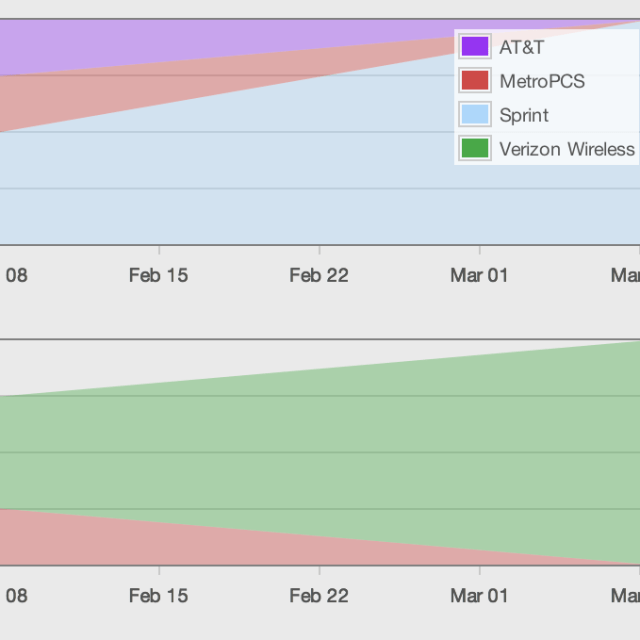For all of you developers out there, you know how difficult it is to manage all of the bugs that pop up in the code that you push on a daily basis. Sometimes, you just don’t know when things will go wrong in production, so you have to be nimble and at the ready to fix quickly. Managing that workflow can be as difficult as fixing the code itself.
Payment company Square has built an internal tool that it calls Squash to help route problematic code to the right person. The tool has now been open sourced and is available on GitHub. When a developer checks in their code on a project, and something goes wrong, the tool will reach them directly and alert them to go in and fix something. This cuts out a few steps that would slow down the process, such as forcing a project manager to figure out who submitted what code, and assigning the fix to them.
This is how Square describes just a part of the tool’s functionality:
Rather than emailing the entire company when there’s a bug, Squash only sends an email to the engineer at fault. When people receive an email from Squash, they pay attention to it, because it’s usually something they’re prepared to address. If the engineer sits on the email, eventually it escalates. You can configure how you’d like unaddressed bugs to escalate.
Additionally, Squash provides some visualizations that will help engineers see how many bugs have popped up and how to triangulate the root cause:
Check out the demo video below:
It’s always nice to see companies share tools that help their workflow. We’ve seen quite a bit of transparency when it comes to that from big names, such as Facebook, Twitter and Google in the past few years. Needless to say, Square’s engineers must handle a ridiculous amount of reported bugs, considering how many device types that their app is on and how many mobile operating systems they run on.
This is the second time that we’ve gotten to see an internal tool from Square, the first being that nifty app that keeps all of its employees connected.
[Photo credit: Flickr]

